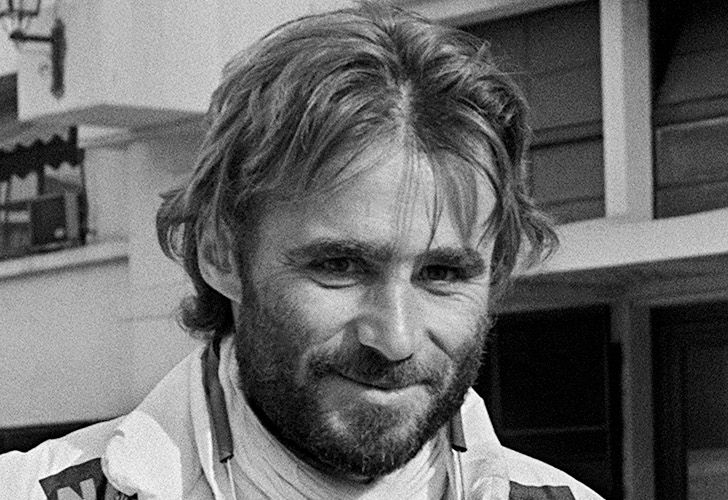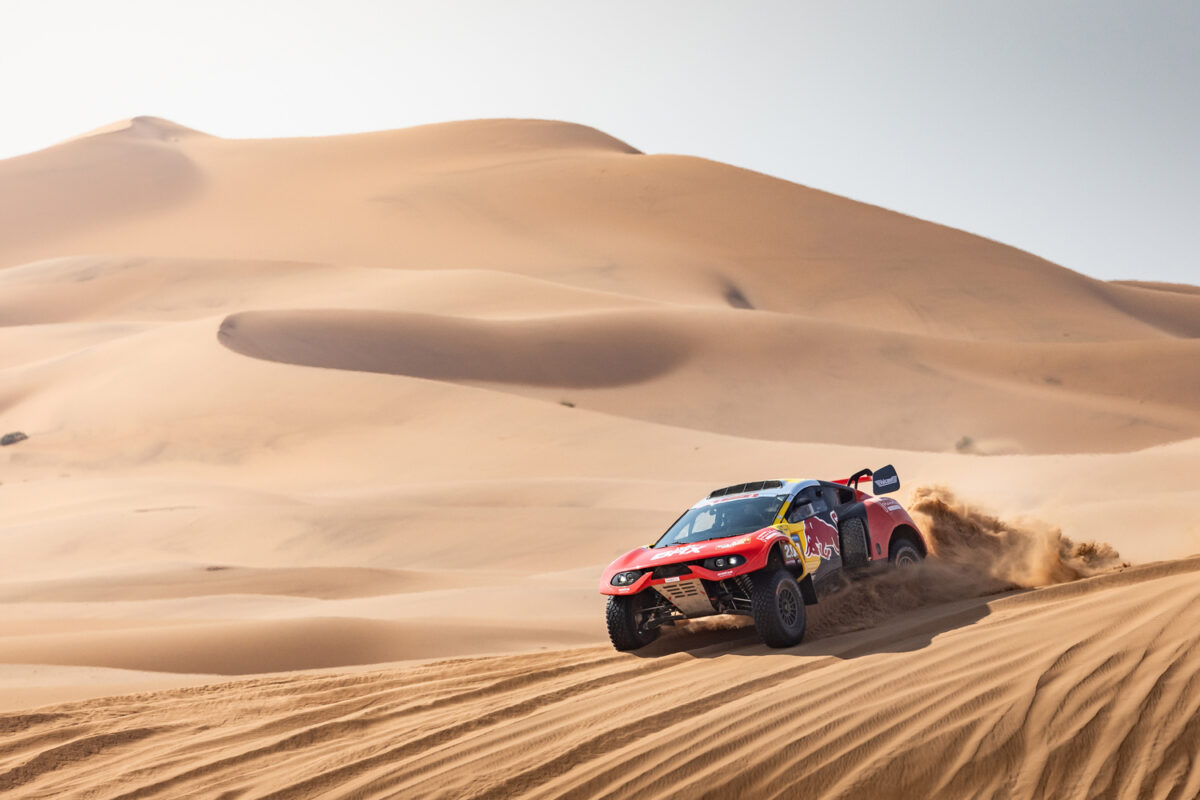In the world of motorsports, where adrenaline meets unforgiving terrains, one event stands out as the ultimate test of skill, endurance, and sheer grit — the Dakar Rally.
Originating in 1978, this annual off-road, all-out extravaganza has evolved into a legendary spectacle that pushes both man and machine to their limits. If you’re new in this world and you are planning on following the Dakar Rally this year, buckle up my friend, and get ready to embark on a journey into the heart of one of the most challenging races on the planet.
Okay, now that we’ve (kind of) had a glimpse of the essence of the Dakar Rally, let’s shed some light on the hidden facets that make the Dakar Rally a captivating saga in the realm of motorsports.
1- The Rally started because a man got randomly lost.
Yes, you read that right: a man got lost in the desert and the Dakar Rally was born.
Thierry Sabine, a French motorbike racer, was competing in the 1977 Abidjan-Nice Rally when he lost his way.

During that experience, he realized that navigating the remote sand dunes of a desert posed quite a challenge, and he organized the first event that left Paris in December 1978. The rally gets its name from the capital of Senegal (Dakar), which was the original destination.
2- A single constructor has won Dakar 18 times… in a row.
Not even Honda, Yamaha and BMW, (and their 22 combined wins across decades of competition) have managed to do it like KTM, the Austrian brand that has won the race every year from 2001 to 2017.
In case I left you wondering… Honda broke the streak in 2020 and doubled down in 2021, but had to concede the crown to the Spanish manufacturer Gas Gas in 2022.
As for KTM… they seem to be on a bad streak at the moment, but they had a pretty long run, right?
3-There are speed limits.
No, really, there are.
After Jan de Rooy stepped on the gas and pushed his turbo twin truck to its limit across the desert in 1988 and almost tilted, repercussions came in the shape of speed limits.
Trucks can run at 140km/h and top cars and motorbikes are limited to 170km/h and 160km/h respectively, while the T3 and T4 classes are pegged at 130km/h.
The way the courses are mapped out nowadays favours navigation and carrying good speed through technical sections, rather than who can put down the biggest hammer in a straight-line drag race.
4-Broken down? You better have a good hand for tools then.
Forget the sea of logos and the organized chaos of other motorsports categories. This rally is all about individuals challenging the near impossible. Now, big corporate teams with their fancy mechanics on standby? Nope, not here. Dakar keeps it real. If your ride breaks down, you gotta fix it yourself or kiss the race goodbye.
Having a pit crew would be like cheating. Sure, fellow competitors can lend a hand, which is why you often see pro teams with three drivers or riders. But here’s the deal – no matter how epic your factory support team is, they can only swoop in once you cross the finish line. It’s a wild ride of self-reliance out there.
5- A coin flip once decided the winner.
Back in 1989, Jean Todt, the big shot in charge of the Peugeot Talbot Sport team, faced a dilemma.
His top-notch drivers were neck to neck, and he didn’t want to jeopardize the team’s shot at victory.
What did he do? He took a gamble and flipped a coin to decide the winner. Turns out, Ari Vatanen got lucky that day, beating out Jacky Ickx for the win.
Makes you wonder if Ari’s stroke of luck in ’89 was payback for whatever went down in ’88 (long story short… his racing car was stolen).
Life in the fast lane, right?
And there you have it.
The wild, unexpected tales from the heart of the Dakar Rally. From a race born out of a lost racer’s adventure to KTM’s epic winning streak and a coin toss deciding victory.
Dakar is more than a race; it’s a saga of grit and surprises.
So, whether you’re a long-time fan or a newbie captivated by the excitement, remember that each rally isn’t just about who crosses the finish line first. It’s a collection of untold stories that make Dakar a one-of-a-kind thrill ride.
As the engines roar and the journey unfolds, stay tuned for more Dakar content and let these unpredictable adventures inspire your own thrilling escapades.
By Camila Ricciardi in Buenos Aires for Action Sports Network.

